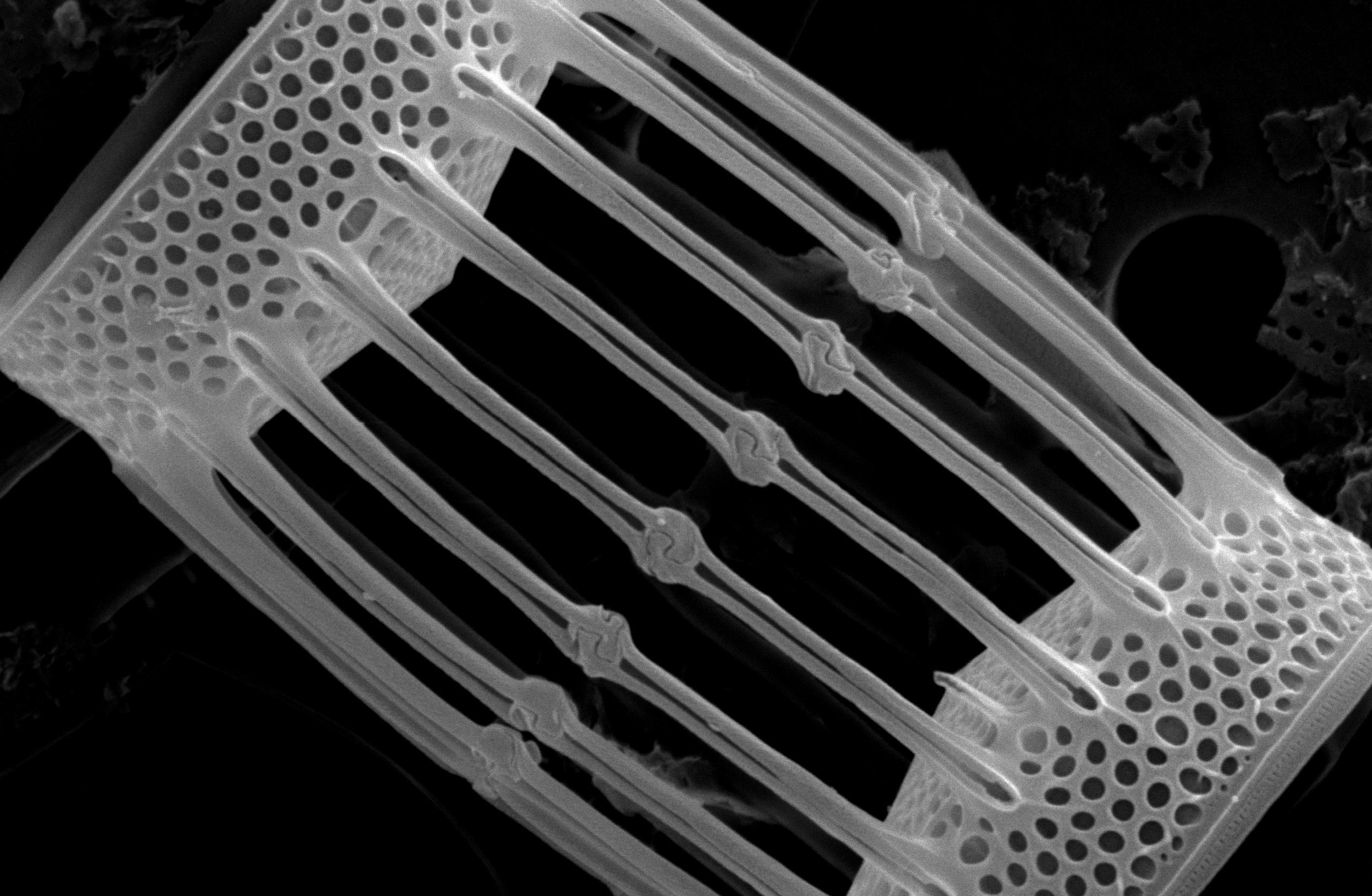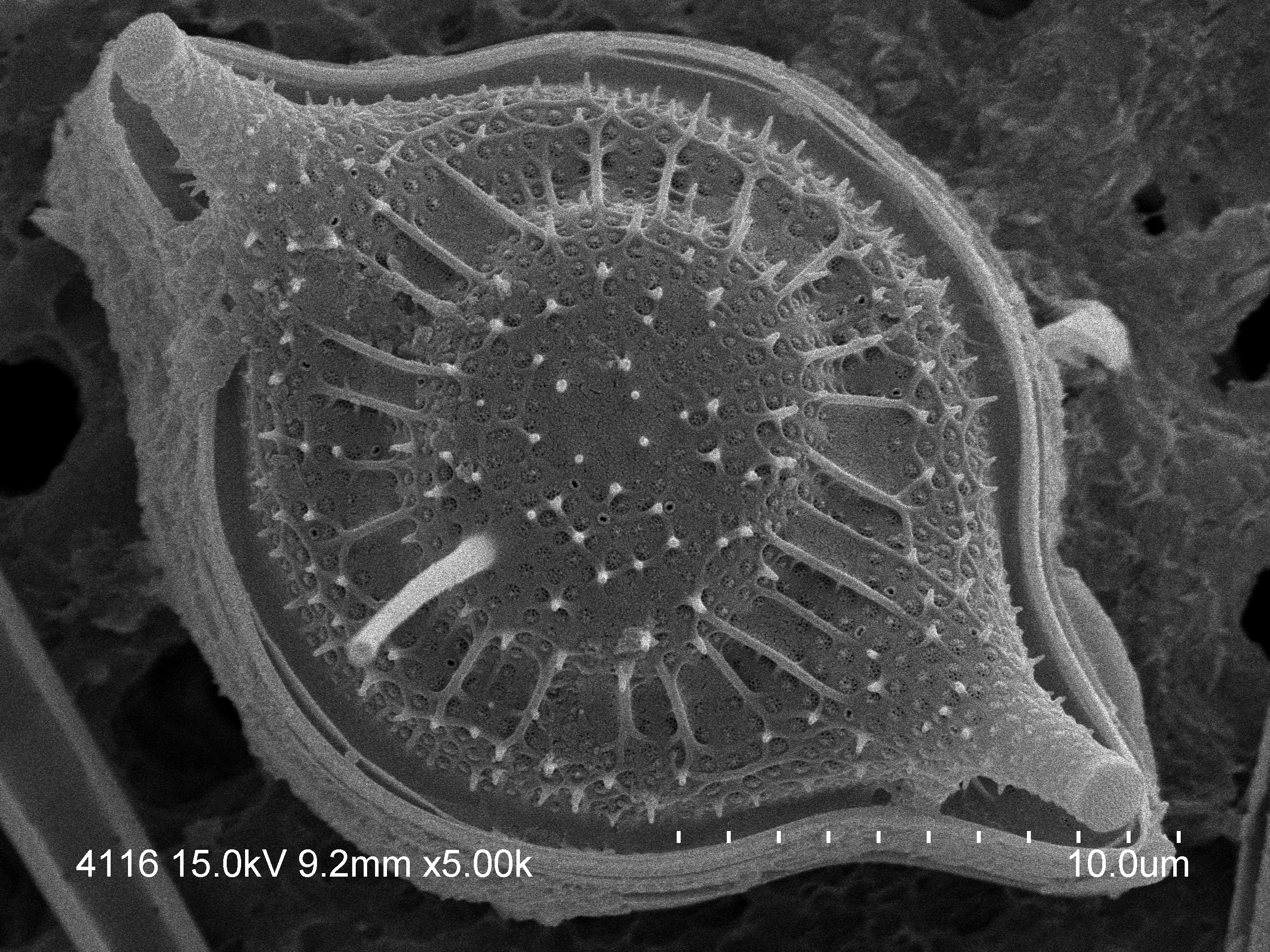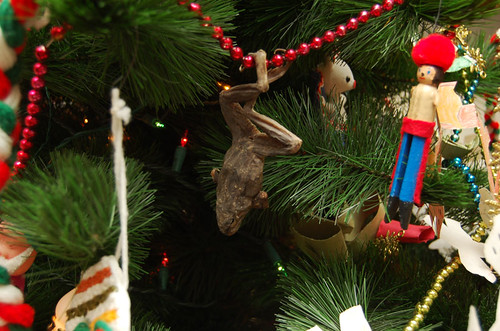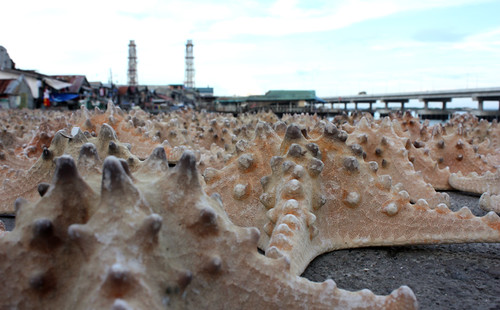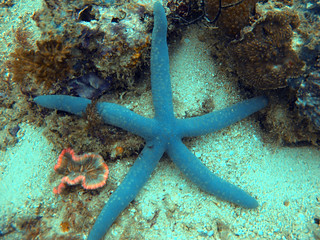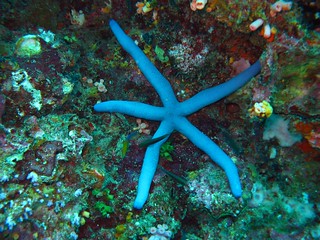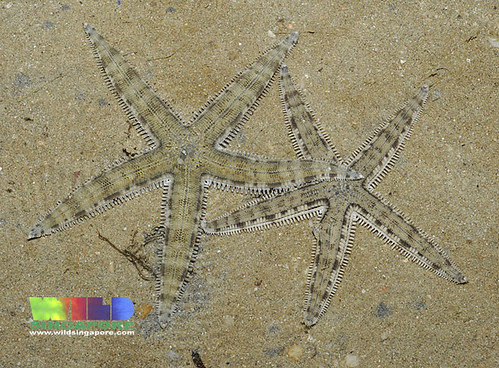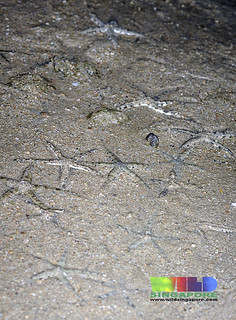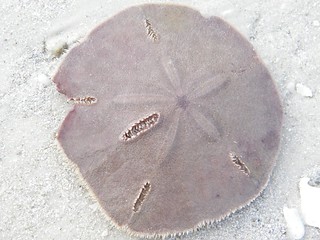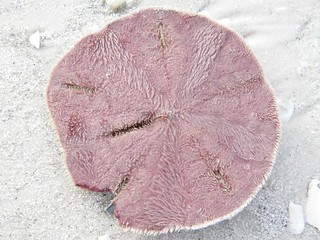yeah, I said I was off this week..but I couldn't resist these.. Go check out the arranged diatom photo set at the California Academy of Sciences Flickr. here.
Echinodermata! Starfish! Sea Urchins! Sea Cucumbers! Stone Lillies! Feather Stars! Blastozoans! Sea Daisies! Marine invertebrates found throughout the world's oceans with a rich and ancient fossil legacy. Their biology and evolution includes a wide range of crazy and wonderful things. Let me share those things with YOU!
Tuesday, December 24, 2013
Tuesday, December 17, 2013
The Ocean's Holiday Tree Ornaments! Stunning Scanning Electron Microscope Pictures of PLANKTON!
 |
| Radiolarians! A colored SEM image. Photo by John Cravens |
Well, in the real world, we get to see LIVING glass (or sometimes chalk) boxes that might pass for ornaments! But you need to shoot electrons at them to get something like a similar effect! Scanning Electron Microscopes are the gift that keeps on giving!
Another FWC diatom fr. Florida called Odontella aurita. More on its biology here.
The following are SEM images of foraminifera (shelled amoebas) taken by the National Museum of Wales..
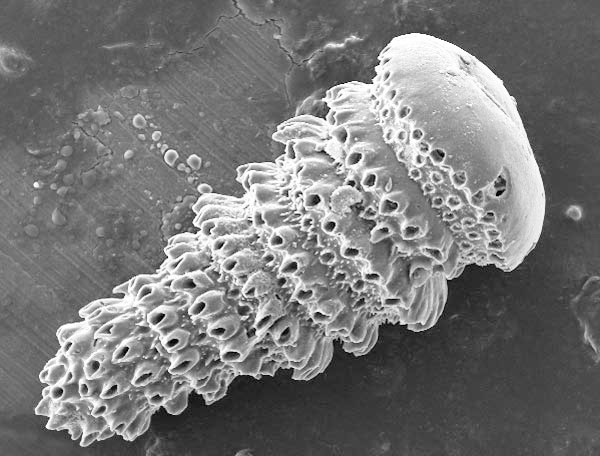 |
| Tubulogenerina narghilella. Image: Ian McMillan, Cardiff University. |
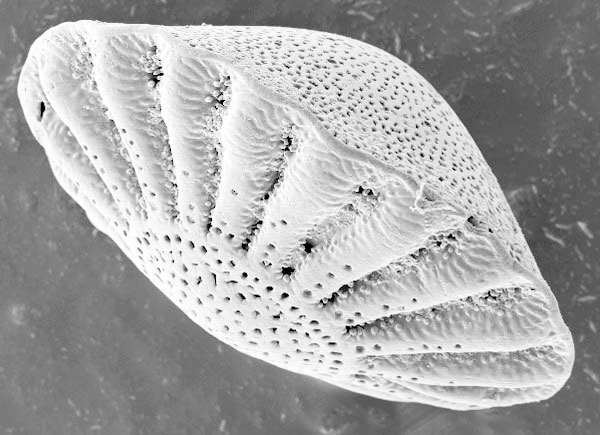 |
| Another foraminifera: Halkyardia minima. Image by Ian McMillan, Cardiff University. |
 |
| Image by Sea Surface OA cruises. Scanning electron microscope of Emiliania huxleyi: coccospheres and loose coccoliths from a bloom in the South Atlantic. |
Cretaceous coccolithophores!
 |
| Image by Jessica Matheson |
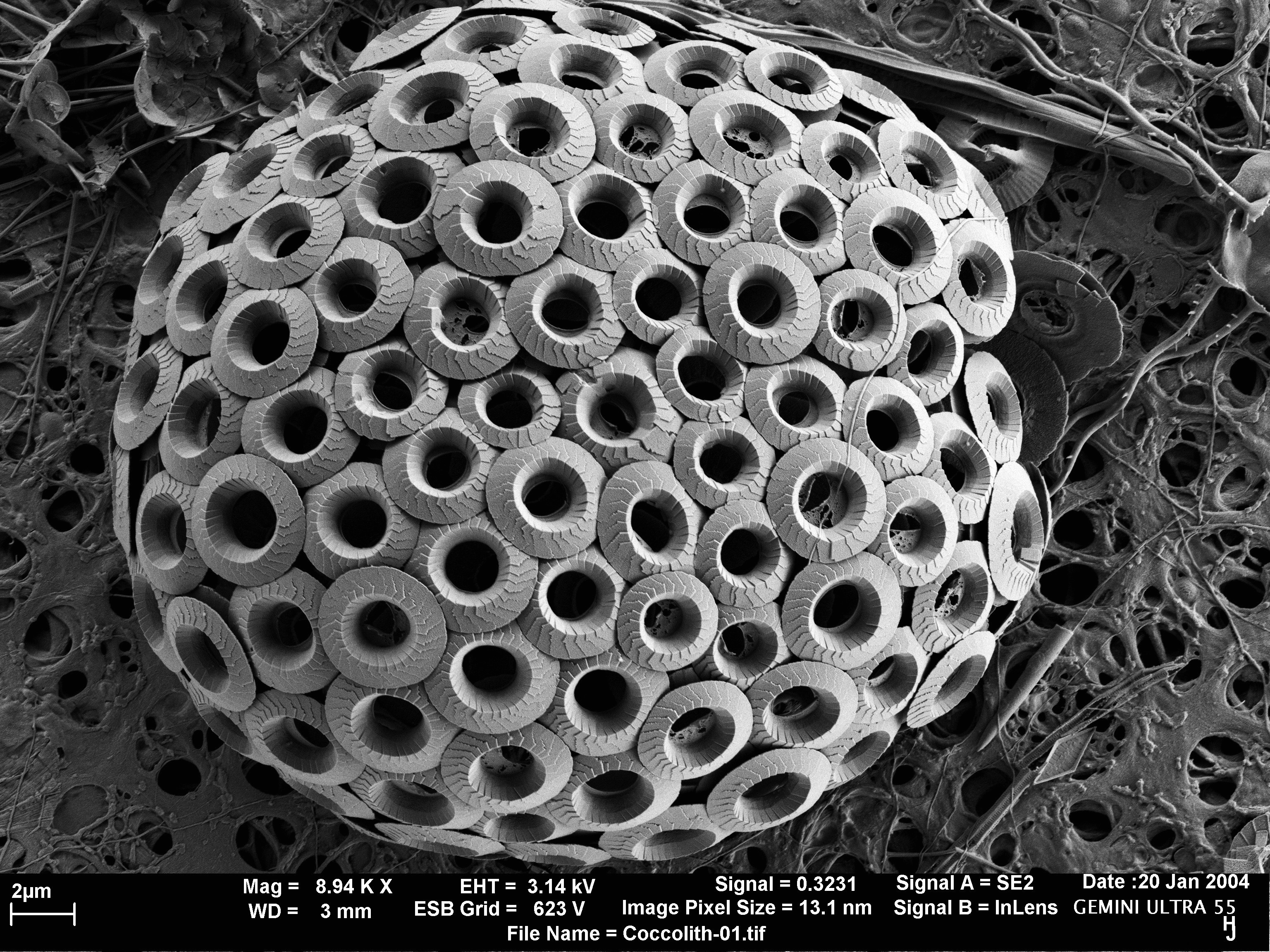
Happy Holidays! Echinoblog is off next week !
(thanks to Chris Taylor and Rhi L. for corrections!)
Tuesday, December 10, 2013
SAND ANGELS! Astropecten The starfish that dig it!
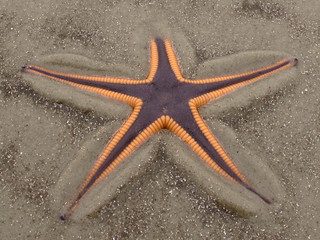 |
| Image by Alan Cressler |
Well, la-dee-da! Starfish can do that TOO! Except, not in snow. not in the winter. Not on land. In sand. in mostly tropical shallow to temperate waters. So there.
I am referring to the widely known "sand star" called Astropecten, which includes over 100 species present all over the world, in tropical to temperate waters. Go here to see some awesome pics of Japanese Astropecten and related spp. Most occur in shallows but some live in deeper-waters.
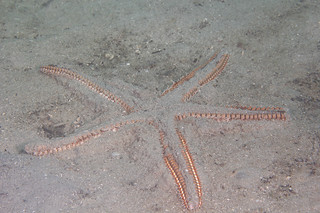 |
| Image by Kevin Bryant |
Here's a nice image of Astropecten indicus from Singapore, illustrating the animal next to the star-shaped impression it makes in the sand.
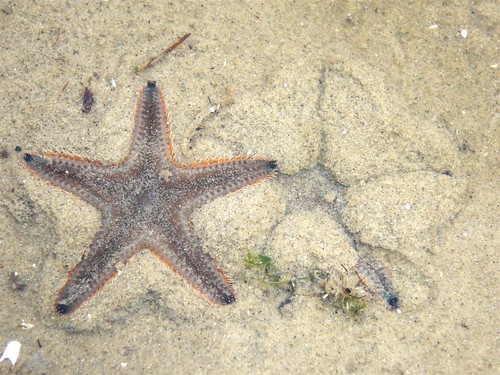 |
| Image by Kok Sheng |
 |
| Image by Hamed Saber |
Image below of an Astropecten from Singapore.
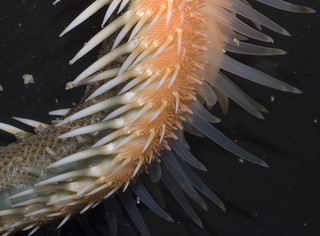 |
| Image by Wildsingapore. |
Which famous Simpsons gif meme does Astropecten remind you of?
This one is probably one of the best videos of Astropecten burying and reburying itself. A video from the Enoshima aquarium of A. polyacanthus.
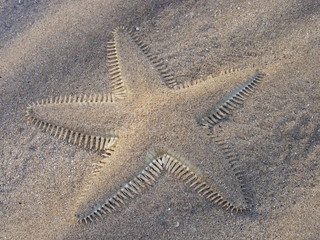 |
| image by Bill & Mark Bell |
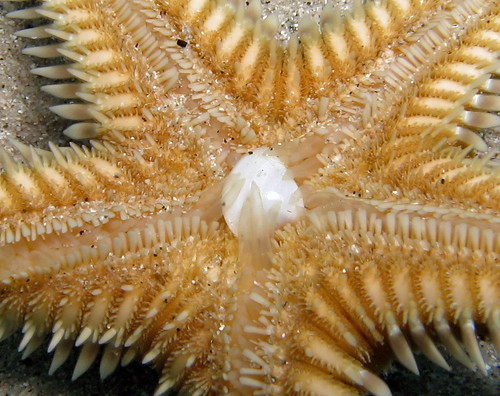
As I mentioned, Astropecten occurs widely around the world. And is quite diverse. Here is Astropecten articulatus from Georgia (south coast of the US)
 |
| Image by Alan Cressler |
Astropecten sp. from Singapore. Cool racing stripes!
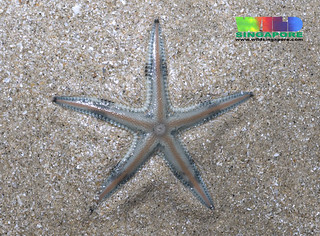 |
| Image by Wild Singapore |
Here's a pic of Astropecten latespinosus from Japan
 |
| Image by Yoichi Kogure! |
The substrate/sediment type can vary also.. Some live in very fine sediments, such as this Italian Astropecten, possibly A. irregularis
 |
| Image by comunerimini |
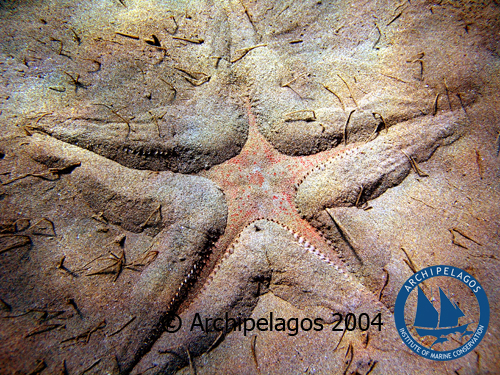 |
| Image by Archipelagos Institute of Marine Conservation |
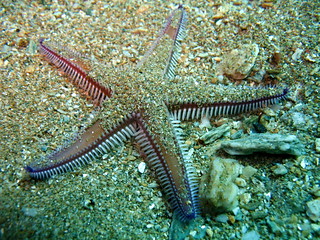 |
| Image by sarsifa |
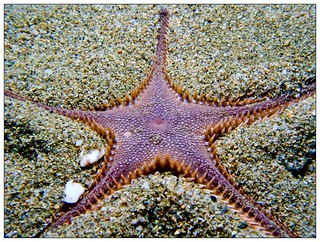 |
| Image by Dimitrious Poursanidis |
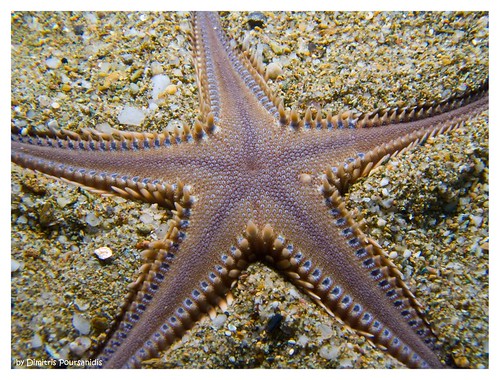 |
| Image by Dimitrious Poursanidis |
Wednesday, December 4, 2013
Where do those starfishes & Sand dollars on Holiday decorations come from?
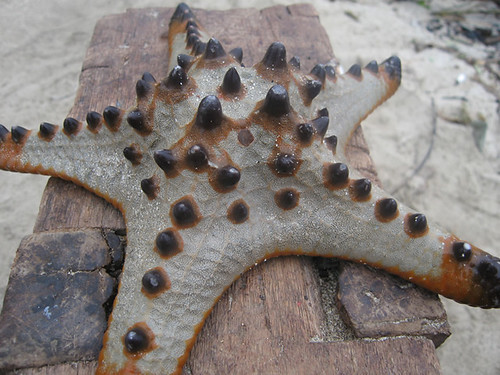 |
| Wonderful Image by Krystle D |
December Greetings! As we get into the holiday and Christmas season, I always get certain questions which pop up around this time of year, asked by the public. One of the common ones I receive around now is (paraphrased)
"Where do those starfish and sand dollars on holiday decorations come from?" Usually followed by "Are they alive?" and etc...
So, let me take a trek through several recurring photos of holiday decorations and show you species by species how they compare.
I have written before on where these decorations come from. A prior overview on starfish here. A prior account on sea urchins (and sand dollars) here.
A general rule about echinoderms used in decorations: WHAT YOU SEE ARE NOT SHELLS, THEY ARE MUMMIES (dried endoskeletons).
 |
| Image by Werner Wittersheim |
So, yes, in order to get one of the starfish dried and made into a wreath? It has to be killed. (that's one of the questions I get about these by the way...)

A starfish tree? really?
Linckia laevigata aka the "Blue Linckia"(although it does occur in other colors) is one of the most heavily fished sea star species in the tropical Indo-Pacific.
This species is "fished" for both holiday trinkets AND the aquarium trade and is probably NOT a good sustainable species for those industries...
3. Archaster typicus
This treats the two specimens at the top of the "wreath".. these are another species which is widely occuring the tropical Pacific.
4. Sand Dollars: Mellita spp.


Mellita spp. are from the tropical Atlantic coast, the Gulf of Mexico, Florida, etc. in shallow water.
Sand dollars are sea urchins! And here's more on that. Those holes in the body (ie. the skeleton also known as the test) are called lunules and they are pretty nifty.
Another commonly encountered species in holiday decorations. Sand dollars, especially these species have the most "benefit of the doubt" because its not unusual to encounter their dead skeletons as beach wash.
Although one has to wonder how much collecting one needs to have enough to create a regularly marketable wreath such as the ones I've been seeing marketed on the Internet...
I'm pretty damn amazed at just how WIDESPREAD these get via the tourist industry. I've literally seen these sand dollars shipped across the country and across the WORLD for sale at tourist shops.
Here is what they look like with all the original spination and such...
and we even got video!
5. Echinometrid? "Sea urchin tree"?
Maybe Echinometra from Australia? Not sure. Like sea urchins, the tests can be gotten as beachwash.. but not regularly. So, I'm thinking these were likely harvested...
So to recap:
1. Starfish decorations are mummified remains of living animals, which had to be killed in order to get you a holiday wreath. I wouldn't lick them.
2. Many of the species used in these industries from the tropical Pacific are probably not sustainable fisheries.
3. Personally, I just think decorating starfishes like Santa Claus is tacky. So, please. just stop. Use sea shells or give people candy. People like candy.
4. Sand dollars are okay. Still possible to kill them for use as decorations. But also possible that they were collected beachwash.
5. Good grief. Who pays 150 dollars for holiday decorations made from beachwash??? or mummified starfish remains??? You know what's good for 150 dollars? chocolate.Send to the Echinoblog. Or charity. charity is good.
So unlike say, shells which are secreted outside or independently of the animal's body, echinoderms have an internal support that is analogous to the skeleton in vertebrates. Their tissue is actually infused into this skeleton.
I've said this before many times. Here and here. I've always found the whole concept of putting echinoderms onto holiday decor as kind of macabre unless you're that guy who puts dead, dried frogs on your Christmas tree, which is perfectly fine....
1. "Knobby Starfish" Holiday Wreath
This is one, I've been seeing around is adorned with large, "Knobby Starfish"
These are Protoreaster nodosus, a species which occurs in the Philippines, Singapore, and all throughout the North-Central tropical Pacific.  |
| Image by Ria Tan (Wild Singapore) |
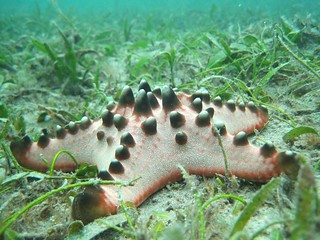 |
| Image by Pau Estrada |
Protoreaster nodosus is an abundant and easily encountered species where it occurs. It is harvested in several places for tourist and gift making decor. A whole industry is oriented around fixing (ie treating with formalin), drying and exporting dried starfishes. I've briefly discussed this here and here
So, there is a fishery of this species, even if people don't eat them. There has been some ongoing work to determine if the species is sustainable (such as this paper by Bos et al.2008). I'm not sure the results are encouraging.
2. Pisaster ochraceus & the "Coastal Wreath"(thanks to Gail for the tip!)
Thanks to the wonders of the Internet and directed marketing, I clicked on the link to this item ONCE. And it now shows up on ALL of my social media and other shopping pages...
The picture actually shows up on several different gift and other sites, which I'll decline to name. But two species are observered here. the starfish is Pisaster ochraceus aka the Ochre Star from the Pacific NW coast and the sand dollar Mellita (prob. Mellita quinquiesperforata ).
Its not unusual for Pisaster to turn up dressed up as any number of awful, tacky holiday decorations

Here again, is a pic of the animal alive to remind you of the contrast...
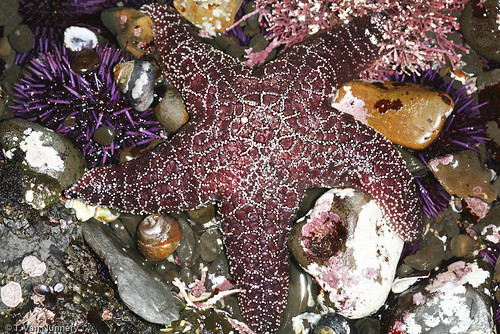 |
| Image by TVN |
 |
| Image by RJAdams55 |
So, the ochre star, the ecologically important keystone predator, which feeds on mussels and so forth. This species, among several others, is currently under attack from starfish wasting disease
 |
| Image from Iamheretokelp |
So, perhaps it is NOT the best species to be turning into garish Christmas and holiday ornaments, eh??
3. "Starfish Wreath" from Linckia laeviagata.
This species is "fished" for both holiday trinkets AND the aquarium trade and is probably NOT a good sustainable species for those industries...
3. Archaster typicus
This treats the two specimens at the top of the "wreath".. these are another species which is widely occuring the tropical Pacific.
This species is seen frequently in the Philippines and in Singapore. Wild Singapore has a nice summary of its biology here Images below from Wild Singapore..
4. Sand Dollars: Mellita spp.


Mellita spp. are from the tropical Atlantic coast, the Gulf of Mexico, Florida, etc. in shallow water.
Sand dollars are sea urchins! And here's more on that. Those holes in the body (ie. the skeleton also known as the test) are called lunules and they are pretty nifty.
Another commonly encountered species in holiday decorations. Sand dollars, especially these species have the most "benefit of the doubt" because its not unusual to encounter their dead skeletons as beach wash.
Although one has to wonder how much collecting one needs to have enough to create a regularly marketable wreath such as the ones I've been seeing marketed on the Internet...
I'm pretty damn amazed at just how WIDESPREAD these get via the tourist industry. I've literally seen these sand dollars shipped across the country and across the WORLD for sale at tourist shops.
Here is what they look like with all the original spination and such...
and we even got video!
5. Echinometrid? "Sea urchin tree"?
Maybe Echinometra from Australia? Not sure. Like sea urchins, the tests can be gotten as beachwash.. but not regularly. So, I'm thinking these were likely harvested...
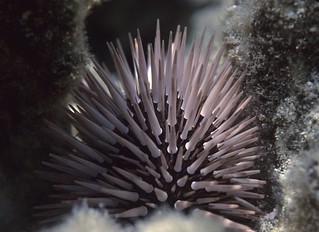 |
| Image from NOAA photo library |
The websites for "urchin trees" and such were running these items for anywhere between 70 to 150.00. But cripes! 150 dollars for sea urchin tree???
So to recap:
1. Starfish decorations are mummified remains of living animals, which had to be killed in order to get you a holiday wreath. I wouldn't lick them.
2. Many of the species used in these industries from the tropical Pacific are probably not sustainable fisheries.
3. Personally, I just think decorating starfishes like Santa Claus is tacky. So, please. just stop. Use sea shells or give people candy. People like candy.
4. Sand dollars are okay. Still possible to kill them for use as decorations. But also possible that they were collected beachwash.
5. Good grief. Who pays 150 dollars for holiday decorations made from beachwash??? or mummified starfish remains??? You know what's good for 150 dollars? chocolate.Send to the Echinoblog. Or charity. charity is good.
Subscribe to:
Comments (Atom)

